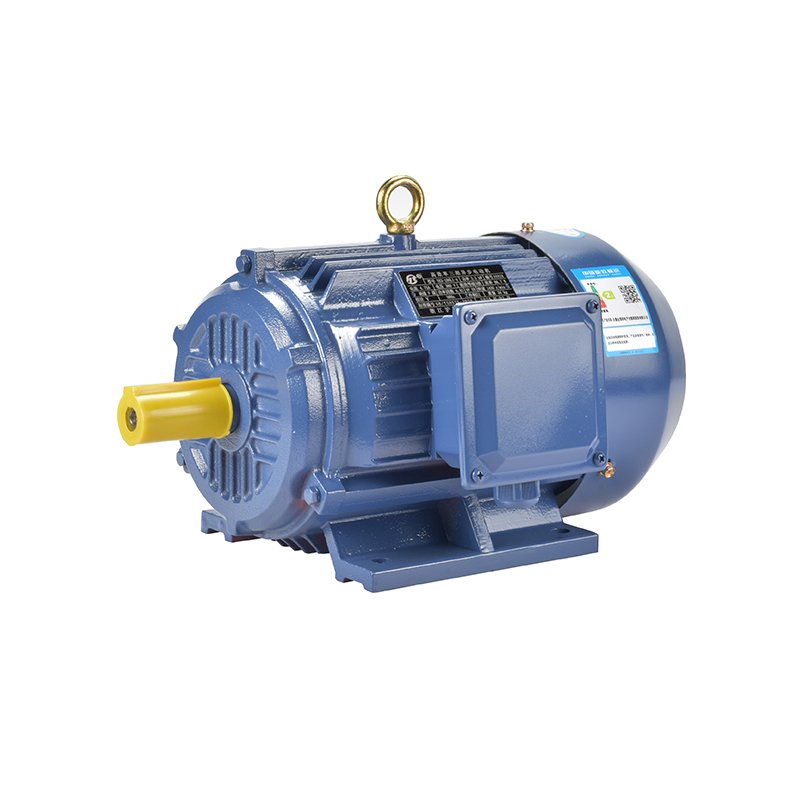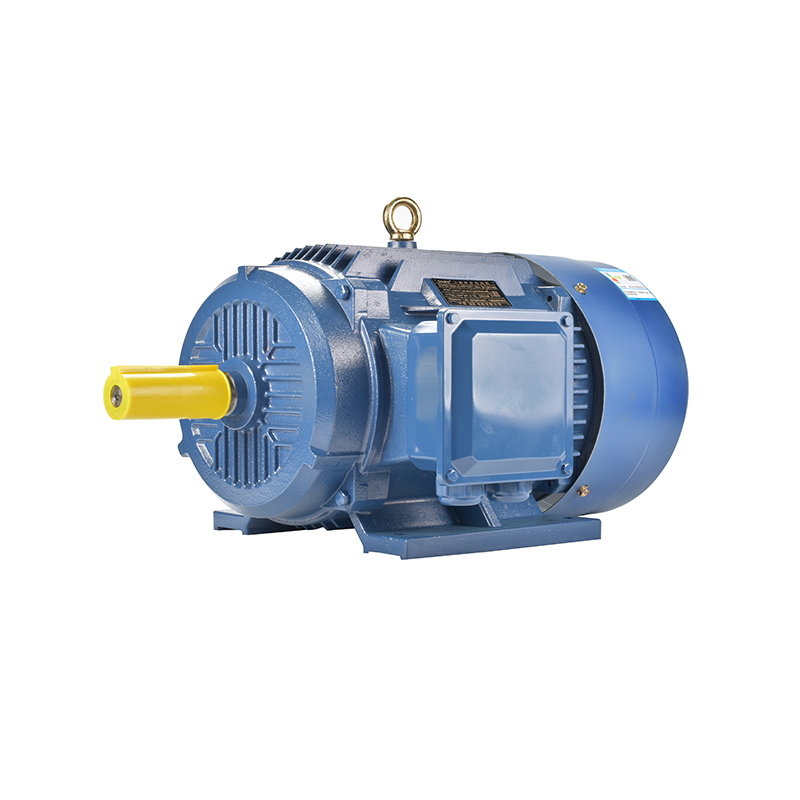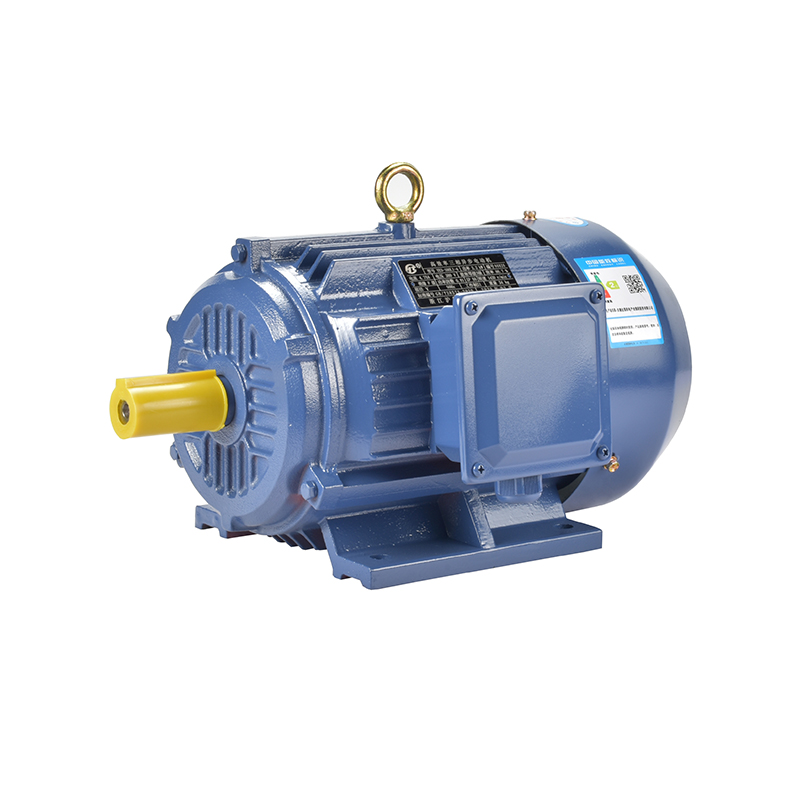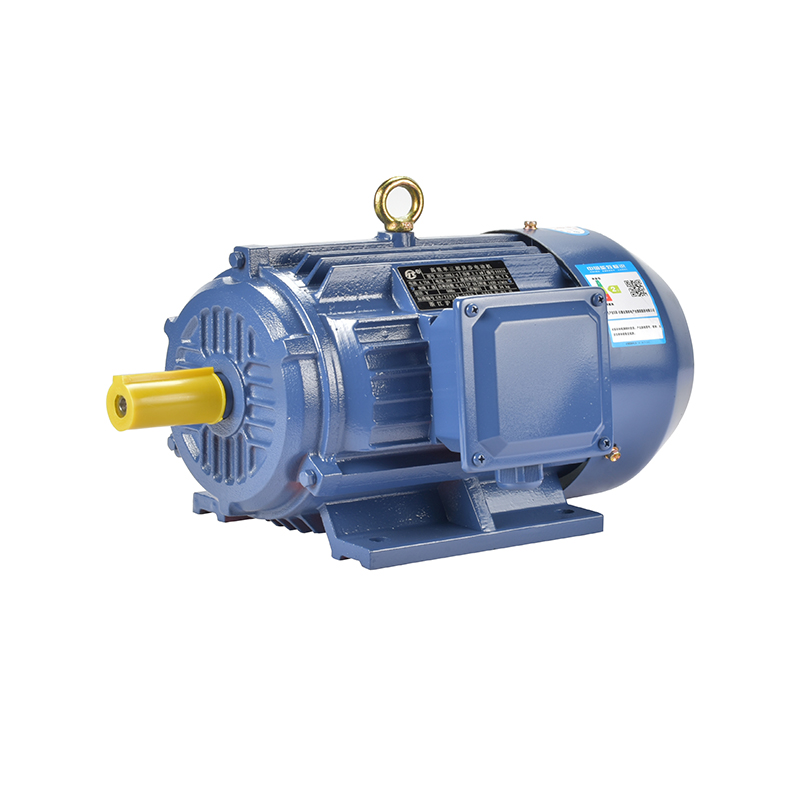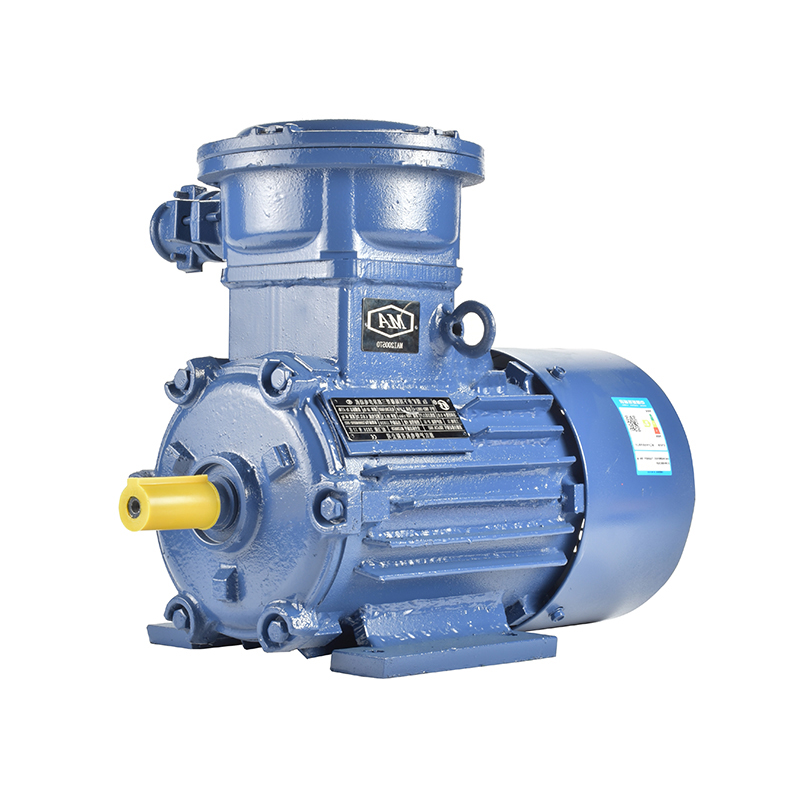Adapting Motor Products To Meet New Energy Efficiency Rules
Electric motors are vital components across a wide range of industries, powering everything from industrial machinery to household appliances. The energy efficiency of these motors directly influences operational costs and environmental footprints. As governments and regulatory bodies implement stricter efficiency requirements, manufacturers must carefully evaluate their product lines to ensure compliance without compromising performance.
One common type of motor affected by these regulations is the 3 phase AC synchronous motor. Known for their precise speed control and consistent operation, synchronous motors are widely used in industrial settings where performance reliability is crucial. To meet new energy efficiency standards, manufacturers are focusing on enhancing the core design of synchronous motors. Improvements in materials, such as better electrical steel for laminations, help reduce core losses. Additionally, innovations in winding techniques contribute to lower copper losses, which directly affect the motor's overall efficiency.

Another major category is the asynchronous motor, also called induction motors. Asynchronous motors are popular due to their simplicity, robustness, and cost-effectiveness. However, they can suffer from efficiency losses, especially at partial loads. To address this, motor producers are adopting advanced design strategies, including improved rotor bar shapes and better cooling systems. By optimizing these components, asynchronous motors can achieve higher energy efficiency levels while maintaining their traditional advantages in reliability and maintenance.
The growing demand for energy-saving solutions has also increased interest in permanent magnet AC synchronous motors. These motors use precious-earth magnets in the rotor to generate a constant magnetic field, which reduces the need for electrical excitation and advances to better efficiency, especially in variable-speed applications. The compact size and high torque density of permanent magnet synchronous motors make them attractive for applications such as electric vehicles, robotics, and HVAC systems. To comply with stricter efficiency regulations, manufacturers are continuously researching magnet materials and rotor designs to enhance performance while reducing energy losses.
Adapting motor products to new efficiency rules involves more than just design improvements. Manufacturing processes must also evolve to ensure consistent quality and compliance. Precision in stator and rotor assembly, tighter tolerances, and thorough testing procedures all contribute to producing motors that meet or exceed regulatory expectations. For example, balancing the rotor precisely reduces vibrations and mechanical losses, which in turn improves energy efficiency and extends motor lifespan.
Another important aspect is the adoption of variable frequency drives (VFDs) in motor systems. VFDs allow for precise speed and torque control, which reduces energy waste by matching motor output to actual load requirements. While VFDs can be paired with various types of motors, their compatibility with synchronous and asynchronous motors makes them an effective solution for achieving compliance with energy efficiency standards. Moreover, integrating smart sensors and monitoring technologies enables real-time performance tracking, which helps identify inefficiencies early and supports predictive maintenance.
The trend toward energy-efficient motor products is also influenced by the increasing emphasis on sustainability and carbon reduction goals. Many industries are setting targets to lower their carbon footprints, and choosing efficient motors is a key part of these strategies. Regulatory policies often include minimum efficiency performance standards (MEPS) and labeling programs that encourage the use of energy-saving motors. As a result, manufacturers must stay updated on evolving regulations in different markets to tailor their motor products accordingly.
Challenges do arise in balancing energy efficiency with cost and application requirements. For some heavy-duty applications, achieving very high efficiency can increase the motor’s manufacturing cost or affect its mechanical robustness. Therefore, motor producers often work closely with customers to select or customize products that meet both efficiency regulations and operational needs. This customer-focused approach helps ensure that motor adaptations not only comply with rules but also deliver reliable and cost-effective solutions.
In conclusion, the new energy efficiency rules are prompting meaningful changes in the design, production, and application of 3 phase AC synchronous motors, asynchronous motors, and permanent magnet AC synchronous motors. By embracing advanced materials, improved manufacturing processes, and modern control technologies, manufacturers can develop motor products that align with these regulations. This adaptation process supports energy conservation efforts and contributes to a more sustainable industrial future, while still meeting the diverse needs of motor users.
-
Feedback



 English
English русский
русский Español
Español عربى
عربى

